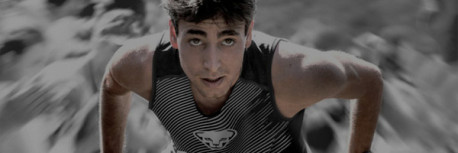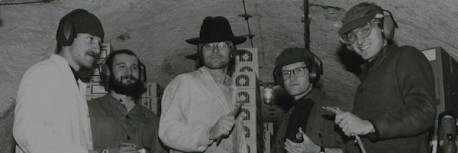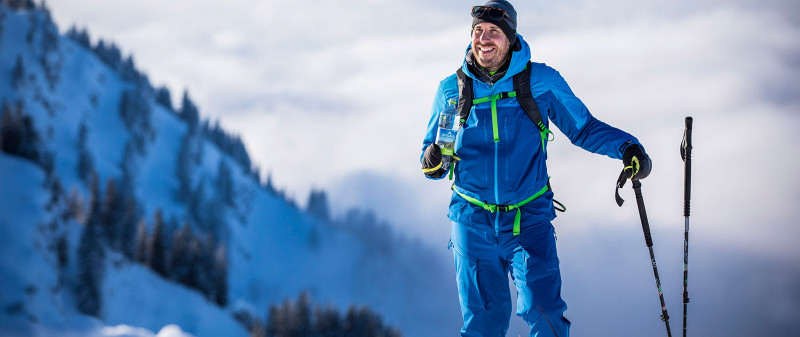Recovery after training and races
Just once in a while do (nearly) nothing? For ambitious athletes that sounds absolutely unimaginable. In fact, especially during intense training phases, optimum recovery is the be-all-and-end-all for maintaining high performance, or indeed to be able to improve it even (“super compensation”). If on the other hand you don’t allow your body any rest in this phase, the result can quickly be just the opposite, with performance stagnating or even diminishing. In performance sports, recovery has been accepted for a long time as part of the training process and recognized as an integral part of training management. For trail runners and especially for ultrarunners, recovery is critical for athletic success and is a key part of any training plan.
Recovery starts during training.
Recovery after training or races is a complex, multi-level process. This is dependent on the training state, athlete’s age, and the length and intensity as well as the type of stress. This complexity defines the individual time needed for the recovery process. Indeed, different biological subsystems exhibit different times needed for recovery. The metabolites produced during intense activity, such as lactate, are as a rule metabolized and broken down within a few hours. The rebalancing of the water and electrolyte balance depleted by sweating is usually completed within 6 hours. In contrast, replenishing energy stores (glycogen) can last longer (1-2 days) Other subsystems can demand up to 8 days for full recovery. After more intense, depleting ski mountaineering races, ultra marathons or intense mountain runs, recovery time can of course be much longer and demand even several weeks. To accelerate the recovery process, various active and passive measures can be used.
Fundamentals of recovery
Recovery starts during training, which means during long tours or trail running workouts you must pay attention to getting a sufficient amount of fluids, electrolytes and carbohydrates. Even wearing compression apparel (tights or socks) after training can contribute to improved recovery, especially in the case of muscle-damaging eccentric activities, like downhill running or skiing. To this point scientific research has not yet reached a consensus. Accepted as fact is that It has been proven that easy “warm-down” running or a relaxed “cool-down” of approximately 10-15 minutes at the end of a workout can accelerate the breakdown of metabolites and thus also speed recovery. Cold water baths or alternating cold-hot water immersion can also promote recovery and the breakdown of metabolites after activity.
Not only muscles but also your head must recover
Scientifically proven is that adequate and balanced nutrition accelerates recovery. For endurance athletes, of note are in particular carbohydrates and high-sodium beverages. In order to replenish muscular glycogen stores, high-carbohydrate meals such as pasta or rice dishes or cereals with bananas should be ingested. In the German Journal for Exercise and Sports Research, it is recommended to ingest 1.2-1.5g/kg/hour of carbohydrates in small meals in the first 2-4 hours after exhausting exercise, as well as to drink plenty of high-sodium fluids (>400 mg/l). So too does self-massage of the legs with so-called fascia rollers finds its use in performance sports with the goal of increasing blood circulation in muscles and shortening recovery time. Saunas in moderation and massages also serve not only physical but also emotional recovery and can be used for further promotion of such.
Sleep and complementary training as performance booster
An additional vital factor in recovery is sufficient sleep for restoration of the psychophysical system. Even short power naps of 15-20 minutes mid-day or in the afternoon can increase performance and rest, but that does not however replace a good night’s sleep. Recovery can also be “active” in the form of recovery workouts. These workouts are marked by low overall system stress with the goal of accelerating the restoration process during or after intense training phases. The type of activity here is irrelevant. Whether Nordic skiing, walking, ski touring, hiking or jogging, it is just essential the intensity remains below the aerobic threshold (heart rate, 65% of maximum).
Source: http://www.zeitschrift-sportmedizin.de/artikel-online/archiv-2016/heft-3/einfluss-von-proteinen-auf-die-muskulaere-regeneration-nach-sportlicher-aktivitaet/ Zugriff am 08.02.2018

Dr. Verena Menz
Project associate and lecturer at the Institute for Sports Science at the University of Innsbruck
Ski touring, hiking, mountain biking, kitesurfing

Dr. Verena Menz
Project associate and lecturer at the Institute for Sports Science at the University of Innsbruck
Ski touring, hiking, mountain biking, kitesurfing
Johanna Swatosch – © Nils Schwarz für Riva Verlag

Dr. Verena Menz
Project associate and lecturer at the Institute for Sports Science at the University of Innsbruck
Ski touring, hiking, mountain biking, kitesurfing
Dr. Verena Menz
Project associate and lecturer at the Institute for Sports Science at the University of Innsbruck
Ski touring, hiking, mountain biking, kitesurfing
Dr. Verena Menz
Project associate and lecturer at the Institute for Sports Science at the University of Innsbruck
Ski touring, hiking, mountain biking, kitesurfing
Recovery after training and races
Recovery after training and races
Steps for recovery: active and passive recovery
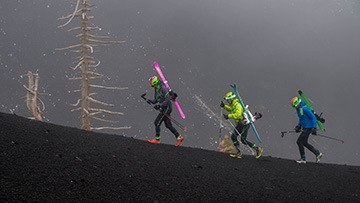
Etna Speed Rush
Read more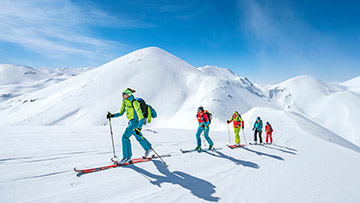
Ski Touring Crete
An experience report about an exotic ski touring trip to Crete, endless snow-covered expanse in the Lefka Ori mountains and Greek hospitality.
Read more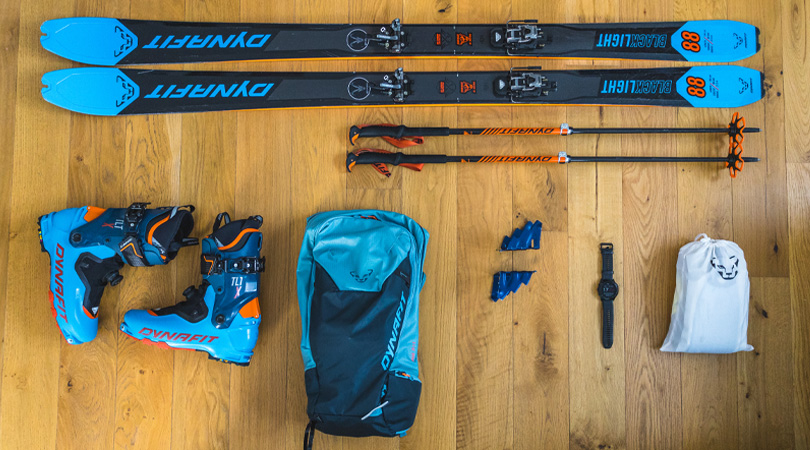
What's inside my skimo pack?
Are you planning a ski tour? Our packing list will help you optimize your preparation. From the right equipment to key essentials, you will find everything you need for the perfect ski tour.
Read more

